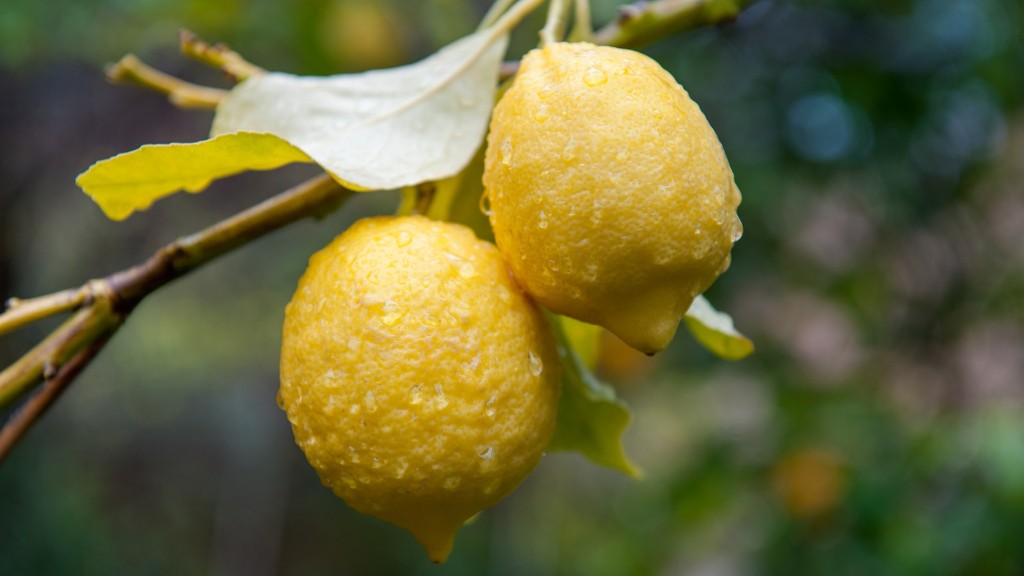Palm trees are iconic symbols of tropical climates, gracing the beaches of many warm countries. These stately trees can grow up to 100 feet tall, and their roots spread wide, often extending up to three times the tree’s height. The size and spread of palm tree roots is both an adaptation to their habitats and a cause of some problems in urban areas.
Palm tree roots typically spread between 2-3 times the width of the tree’s canopy. However, they can sometimes spread much further, depending on the type of palm tree and the soil conditions.
Do palm tree roots grow down or out?
Did you know that palm tree roots are no deeper than three feet into the ground? That’s because instead of growing vertically into the ground, they grow horizontally. This is possible because there is no tap root. As the tree goes into the ground, there’s an area called the initiation zone.
When planting a palm tree, it is important to take into consideration the size of the tree and the amount of space that it will need. As a general rule, palm trees should be planted at least three feet (91 centimeters) from the boundaries of the house. However, the allowable distance depends on the species of the palm tree, as larger ones will need more space.
How much room do palm tree roots need
Palm trees have shallow roots that spread wide, making them ideal for locations with sandy soil. The roots of a palm tree can grow as deep as 36 inches within the topsoil part, with a horizontal growth pattern. Palm tree roots remain thin and maintain a shallow depth even as they expand. As for a queen palm tree, its roots spread wider at a depth no deeper than 24 inches.
There are several reasons why some roots remain exposed and visible above ground. In some cases, the roots grow horizontally instead of vertically. This can happen when the tree is trying to reach a water source or when the soil is not deep enough for the roots to grow downwards. Additionally, some trees have shallow root systems that are more likely to be exposed.
Can palm tree roots damage a house foundation?
Tree roots can damage a house foundation by growing and penetrating into friable soils and mulch. This can create an invitation for the roots to grow into the foundation, causing damage.
Palm trees require some maintenance, but smaller palm trees can be easy to do on your own. Palm trees are sensitive to cold environments, so they may require professional assistance in colder climates.
Do palm trees fall easily?
Palm trees in urban settings can be restricted in their growth due to factors such as lack of space and lack of deep soil. This can cause them to be more susceptible to toppling over in strong winds. Arborist Wayne Tyson notes that healthy palm trees have a deep root system that helps them withstand strong winds. However, in urban settings, these deep roots may not be able to grow properly, leading to a higher risk of the tree toppling over.
It is important to be aware that palm trees may experience “transplant stun or shock” after being transplanted. This is due to the roots being disturbed and exposed to air and light. With proper care and attention, the tree should recover and thrive in its new location.
Do palm trees need lots of water
Most palms will only require watering once the top 2 inches of soil have dried out. Palms typically do most of their growing during the summer’s warm months, so they will need a lot of moisture to keep up with the expelling of energy they require to grow.
While palm trees have relatively short lifespans, there are some that can live quite a long time. The areca palm has a lifespan of 40 to 50 years, while the coconut palm can live between 70 and 100 years. The date palm is the longest-lived of the bunch, with a lifespan of 100 to 120 years, but in some cases, they can even reach 200 years old.
How much wind can a palm tree withstand?
Yes, it would surprise me to know that there are some palms, the sabal in particular, that can withstand winds up to 145 miles per hour!
Palm trees are often thought of as symbols of tropical paradise, but did you know that their roots can also be used to treat urinary infections, gall bladder and various kidney problems? Boil 4-5 roots in water and, then, drink the water once it cools down. People suffering from fibrosis need to boil 3-5 finger long pieces of roots and drink it for a few days. palm tree roots are a natural source of antibiotics and can be especially helpful in treating stubborn infections.
Are palm trees hard to dig out
Most palms are relatively easy to transplant because they have large, fibrous root balls. They are also compact and can be lifted out like a ball. Palms are known for recovering quickly after a move. The best time to transplant palms is during the growing season.
If you have a palm tree on your property, it’s important to be aware of the potential damage its roots can cause. If left unchecked, the roots can grow into and damage your home’s foundation or plumbing system, resulting in costly repairs. If you notice any signs of damage, it’s important to act quickly to prevent further damage.
Will a palm tree regrow if cut in half?
Most palm trees lack cambium, which is a layer of tissue behind the tree bark that creates growth rings in the tree. This means that wounds inflicted on the trunk of a palm tree cannot repair themselves, and will remain with the palm for the rest of its life.
If your property is damaged by tree roots, your home insurance policy should provide you with the necessary cover in the event that you need to make a claim. Most home insurance policies will cover damage caused by tree roots, however, it is always best to check with your insurer to be sure. If you need to make a claim, be sure to have all the necessary documentation, such as photos of the damage, to support your claim.
Final Words
The answer to this is complicated and largely depends on the species of palm tree in question as well as the soil and climate conditions. In general, however, palm tree roots typically spread laterally rather than vertically. This means that they grow horizontally outward from the base of the tree rather than downward. This is why palm trees often have a large, visible root system.
Based on the information collected, it can be concluded that palm tree roots do spread. This is evident in the way that the roots grow and how they are able to support the tree. Additionally, the palm tree roots are known to be strong and sturdy, which allows them to spread wide and provide stability for the tree.



